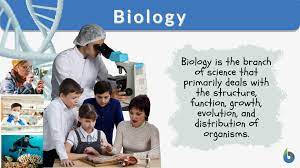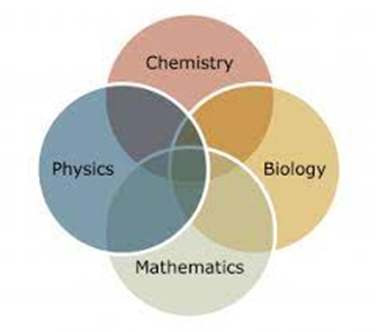INTRODUCTION OF ENZYMES
An enzyme is a specialized protein produced with an organism
which is capable of catalyzing a a specific chemical reaction. Since the enzyme
act as a catalyst, it is also called a biocatalyst. A catalyst influences the
rate of a chemical reaction, usually without undergoing any change itself so in
this respect an enzyme differ from a normal catalyst.
STRUCTURE OF ENZYMES
All enzymes are proteins which are which are high molecular
weight macromolecules. An enzymes may consist of a single polypeptide chain or
a cluster of polypeptide chain. A polypeptide chain is made up of number of
amino acid units linked by peptide bonds.
The sequence
and number of the 20 amino acids which make up enzyme varies in different enzymes.
This arrangement of enzymes is specific for a particular enzyme and determines
the properties of the enzyme. The polypeptide chain has an amino (-NH2)
terminal and a carboxyl (-COOH) terminal biosynthesis of the enzyme begins at
amino terminal.
structure of an enzyme
ACTIVE SITE
An enzyme has a distinct cavity or cleft in which the
substrate is bound. A substrate is a specific compound acted upon by an enzyme.
The part of the enzyme where the substrate blinds is called the active site (since
that is where the catalytic “action” happens).
For example: CO2 +
H2O -------- H2CO3
Carbon
dioxide water carbonic acid
In the absence of the enzyme carbonic anhydrase this reaction
is very slow, producing two hundred molecular of carbonic anhydrase in an hour
but in the presence of carbonic anyhydrase present in the cytoplasm, this
reaction speeds up dramatically with roughly six lakhs molecules formed every
second.
NATURE OF ENZYME REACTION
As we already know that an enzyme has a distinct cavity in
which substrate bounds. The cleft contains an active centre in which amino
acids are grouped together in such a way as to enable them to combine with substrate;
it is the chemical which convert in to a product. Thus enzymes include active
sites which are capable of converting substrate (S) in to a product (P).
S-------------P
(Substrate) (Product)
01.The substrate ‘S’ bind to the active
site of the enzyme for which it has to diffuse towards the active site. There
is the formation of ‘ES’ complex. This complex formation lasts for a short time
and is called transient phenomenon.
02.When substrate binds to the active
site of enzyme a new structure of the substrate called transition state
structure is formed.
03.The molecules of the substrate grouped
undergo chemical changes, breaking or making of bonds and finally the product
is formed and is released from the active site.
04.The pathway of this transformation of
substrate into product must go through the so called transition state
structure.
05.The molecule of the substrate grouped
undergo chemical changes, breaking or making of bonds and finally the product
is formed and is released from the active state.
06.The pathway of this transformation of
substrate in to product must go through the so called transition structure. There
can be altered structural state between the stable substrate and the product. In
this changes of substrate to product, all intermediate structural states are
unstable.





0 Comments